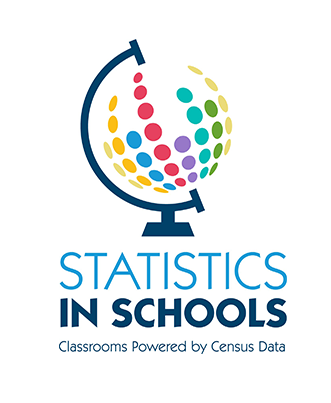Trends in Congressional Apportionment
Activity Description

Students will examine a 2020 Census brief to understand the apportionment process and to analyze the relationship between a state’s population and its number of seats in the U.S. House of Representatives, making calculations with a multistep formula. Students will also identify trends in congressional apportionment.
Suggested Grade Level
9-10
Approximate Time Required
45-60 minutes
Learning Objectives
- Students will be able to understand how to calculate a state’s number of seats in the U.S. House of Representatives.
- Students will be able to identify trends in congressional apportionment.
- Students will be able to analyze the relationship between population and apportionment to understand the distribution of congressional power in the United States.
Materials Required
- The student version of this activity, 11 pages; it contains images that should be printed in color.
- Calculators
A teacher computer with Internet access and a projector to display web sites are optional.
Activity Item
The following items are part of this activity. Items, their sources, and any relevant instructions for viewing them online appear at the end of this teacher version.
- 2020 Census Brief — Congressional Apportionment
- Percentage Distribution of Seats in the U.S. House of Representatives by Region: 1920 to 2020
Teacher Notes
Blooms Taxonomy

Students will analyze a Census Bureau document containing data tables, a map, and a graph to understand the relationship between the U.S. population and the apportionment of seats in the U.S. House of Representatives.
Subject
High School History
Topics
- Apportionment
- Choropleth maps
- Political representation
- U.S. House of Representatives
Skills Taught
- Comparing time periods
- Identifying cause and effect




